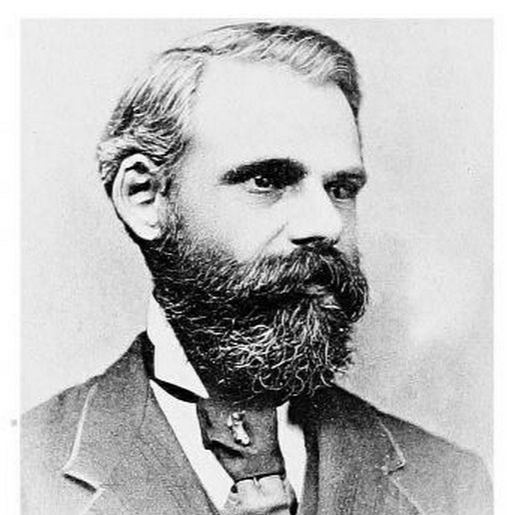Section II.—Portable and Locomotive Engines
by
April 20th, 2023
Audio Presented by

Robert Henry Thurston was an American engineer, and Professor of Mechanical Engineering
About Author
Robert Henry Thurston was an American engineer, and Professor of Mechanical Engineering